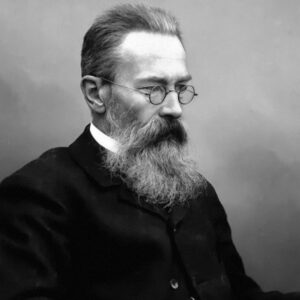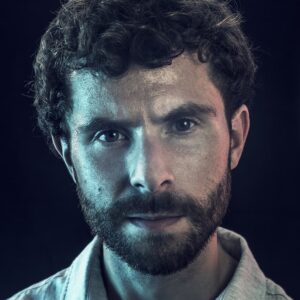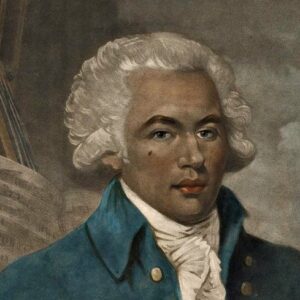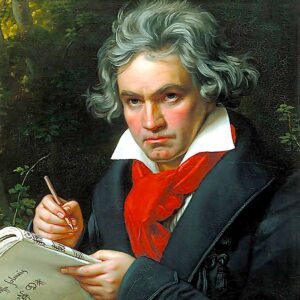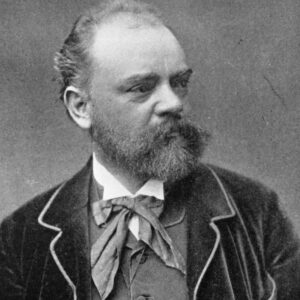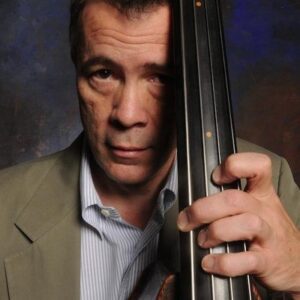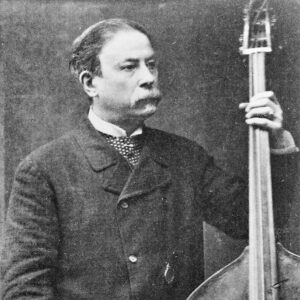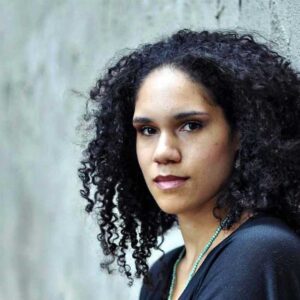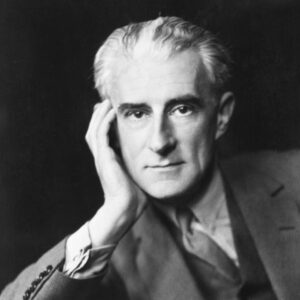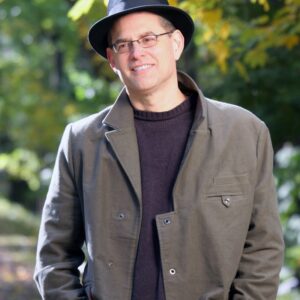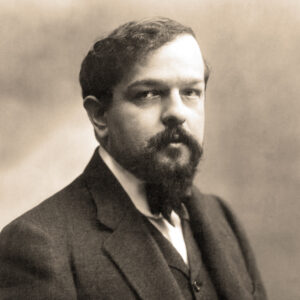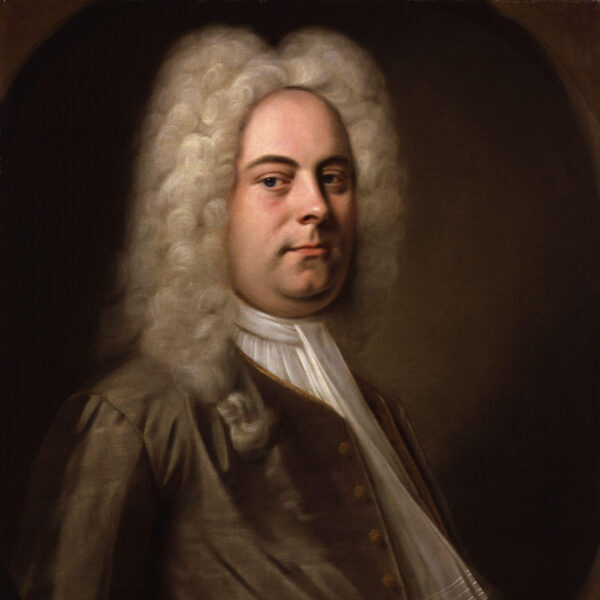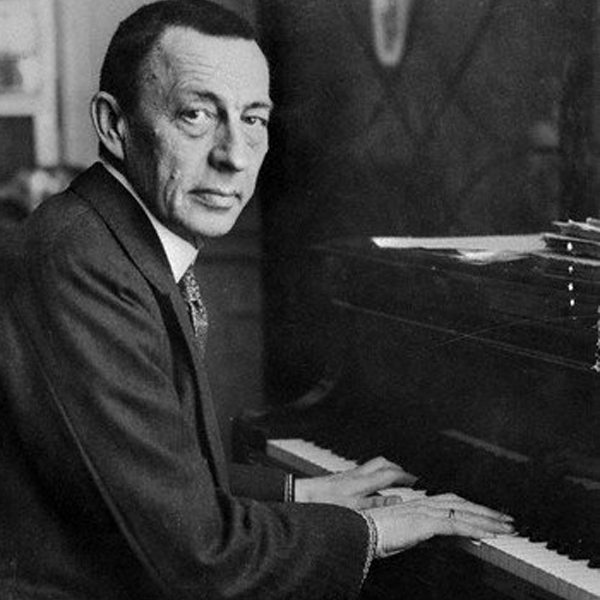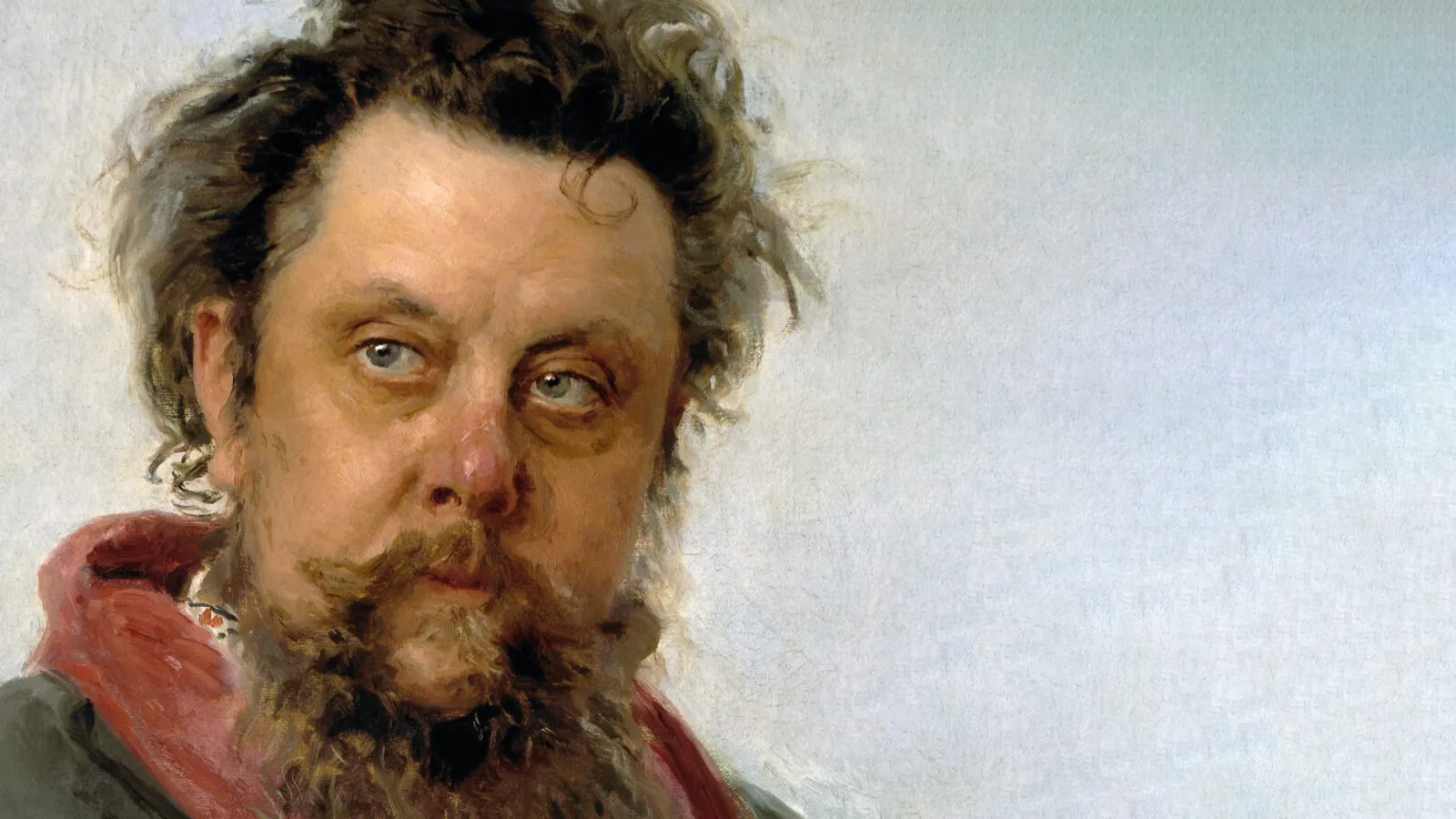
Modeste Mussorgsky
arr. Maurice Ravel
Pictures at an Exhibition
Modest Petrovich Musorgsky (the spellings of his name varies greatly, as often is the case with transliterations from the Cyrillic alphabet) was born on March 9/21, 1839 in Karevo and died on March 16/28, 1881 in Saint Petersburg.
A leading figure in Russian nationalism of the second half of the nineteenth century, many of his pieces, most notably his suite for piano, Pictures at an Exhibition, the tone poem, Night on Bald Mountain, and the epic opera, Boris Godunov, have caught the imagination of audiences throughout the world. Maurice Ravel’s 1922 arrangement and brilliant orchestration of Pictures at an Exhibition received its first performance on May 3, 1923 in Paris under the direction of Serge Koussevitzky. Ravel’s orchestration calls for piccolo, 3 flutes, 3 oboes, English horn, , 2 clarinets, bass clarinet, 2 bassoons, contrabassoon, alto saxophone, 4 horns, 3 trumpets, 3 trombones, tuba, large percussion section (including rattle, snare drum, bass drum, cymbals, whip, triangle, xylophone, Glockenspiel, bells, celesta, and gong), timpani, 2 harps, piano, and the normal strings. The Winston-Salem Symphony most recently performed Pictures at an Exhibition in May 2013.
Musorgsky composed Pictures at an Exhibition in 1874 as a memorial to his deceased friend, the painter and architect Victor Hartmann. The two men shared an interest in creating a distinctly “Russian” mode of artistic creation. A posthumous exhibition of Hartmann’s work was arranged by Vladimir Stasov, and this proved to be the catalyst for both the format and content of Musorgsky’s suite of musical miniatures for piano solo. The popular orchestration of Pictures at an Exhibition by Maurice Ravel was made in 1922 under a commission from the conductor Serge Koussevitzky. Ravel was not the only individual to orchestrate this work, but his transcription has proved to be the most enduring and popular.
A bold solo trumpet announces the beginning of the “Promenade,” a theme that serves as a cipher for the visitor to the gallery. This theme, altered each time according to the mood created by each painting, recurs throughout the work as a unifying device (Ravel chose to omit one of these). The “Promenade” theme bears Russian folk-like characteristics – most notably an irregular meter reflective of the rhythm of the Russian language. The first picture, entitled “Gnomus, “ is a grotesque nutcracker in the shape of a gnome. A brief “Promenade” leads to the second picture, “Il Vecchio Castello.” Here the saxophone sings a melancholy aubade, depicting a troubadour singing outside the wall of a medieval castle.
A shorter “Promenade” leads us to the Parisian garden of “Tuileries,” where we encounter the universal phenomenon of children who quarrel and tease each other during their play. The next picture, “Bydlo,” presents a striking change of mood, as we can hear the passing of a rough Polish ox-cart. A heavy ostinato figure accompanies the solo tuba. The “Promenade” returns to ease the transition to the “The Ballet of the Chicks in their Shells.” Here the woodwinds dominate in a comical scherzo. “Two Polish Jews, One Rich, One Poor” (Samuel Goldenberg and “Schmuyle”) is a caricature of ghetto life, with the unison strings representing the wealthy and pompous Goldenberg. The whinings of Schmuyle may be heard in the muted trumpet. Musicologist and Musorgsky expert Richard Taruskin, in his writings on the subject, has suggested that a darker anti-Semitic subtext underlies this movement. The title of the piece puts “Schmuyle” in quotation marks, implying that the two characters are, in fact, one and the same individual. The unfortunate moral of the story is that no matter how financially prosperous an assimilated Jew may become, his “true” nature cannot remain hidden.
The bustle of “The Marketplace, Limoges” interrupts with the most sudden shift of mood in the entire piece. But as the busy market approaches its climax, our attention is jerked by the rough lower brass to the next picture, “Catacombs: Sepulchrum Romanum.” These coarse harmonies provide an apt symbolization of this deathly scene. The “Promenade” that follows without break is marked “Con Mortuis in Lingua Mortua” (“With the Dead in the Language of the Dead”). This is a critical dramatic moment in the piece, as Musorgsky surely reflects in an intensely personal sense on the death of his artist friend. No relief is offered in the terrifying portraiture of “The Hut on Fowl’s Legs (Baba-Yaga).” Legend has it that the witch Baba-Yaga dwells in a hut mounted on chicken’s feet, where she uses mortar and pestle to grind the bones of humans. The nightmare of this witches’ Sabbath is broken by the ecclesiastical sounds of the “The Great Gate of Kiev.” Visitors to the Ukrainian capital city will seek this monument in vain, however, as it existed only in the imagination of Hartmann and Musorgsky. But music and visual imagery take us along on the grand processional, accompanied by chanting priests, and noble bells and cymbals. The climax of the procession comes in the final transformation of the now-familiar “Promenade” theme—here offered as a kind of apotheosis of Hartmann’s career.
Note by David B. Levy, © 2005/2013

